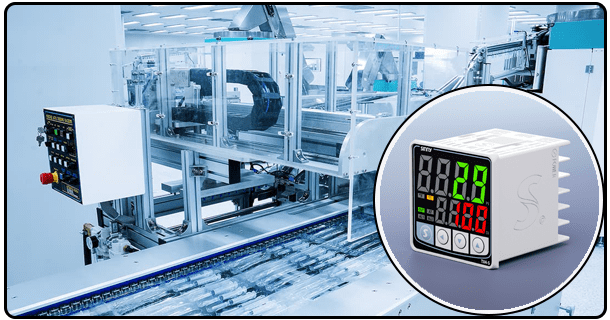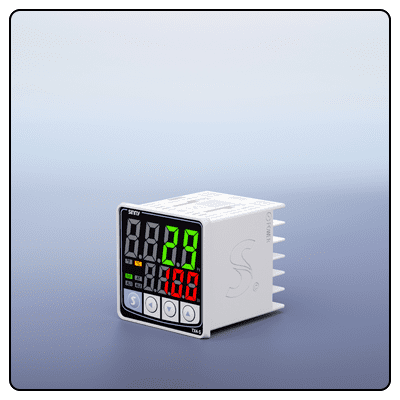How To Set Up A PID Temperature Controller?
Our comprehensive guide teaches you how to set up and configure a PID temperature controller. With expert tips on configuring and tuning, you can ensure precise temperature management within industrial processes.
Establishing a PID temperature controller requires careful thought and understanding of your system, but here's an extensive guide that should make this task a snap:
1. Introduction
PID temperature controllers are essential tools in the automation industry. They manage temperatures with extreme precision. "PID," or Proportional-Integral-Derivative systems, as they are often known, refers to the specific form of feedback control loop they feature.
Understanding PID Components
Before installing a PID temperature controller, it's vitally important to comprehend its parts:
* Proportional (P): This part of the controller responds to temperature errors between setpoint and actual temperatures and adjusts output proportionally.
* Integral (I): Integral components allow a controller to add up past errors, reacting quickly when discrepancies build over time and helping avoid steady-state errors.
* Derivative (D): This component uses differential calculus to anticipate future errors by tracking changes to temperature errors over time, helping prevent overshooting your setpoint temperature.
2. Installation Steps
* Selecting the Controller: When selecting your PID temperature controller, ensure it matches your process specifications regarding input type, output type, and control features.
* Wiring the Controller: To properly wire a controller according to its manufacturer's instructions and make certain all connections are secure and correct, follow these steps:
* Connecting Sensors: Secure temperature sensors to the controller in an accurate manner so they can measure process temperatures accurately.
Configuration and Calibration
* Initial Parameter Settings: Enter initial settings for P, I and D values as specified by your manufacturer or standard values as starting points. These may need to be tweaked later as well.
* Calibration: Align the controller with its system by calibrating its sensors, altering the input scale, or configuring control output characteristics. This may involve setting sensor types or scaling input.
Tuning the Controller: Initial Tuning
* Initial Tuning: When tuning a controller for the first time, take an incremental approach, starting with P terms before slowly adding I and D terms as appropriate and monitoring system responses before making necessary changes accordingly.
* Fine-tuning: Adjust PID parameters incrementally to refine system response and strike an ideal balance between responsiveness and stability. This step is immensely significant in reaching the desired responsiveness/stability balance goals.
3. Testing and Troubleshooting
* Running Tests: Once the controller has been set up, run tests to ensure it's operating as intended, including monitoring how close its setpoint is maintained under different environmental conditions.
* Troubleshooting Common Issues: If the system is performing subpar, investigate potential root cause factors such as sensor placement errors or incorrect parameter settings to diagnose common issues like sensor positioning errors and wiring inconsistencies.
Maintenance and Monitoring
*Preventative Maintenance:To maximize long-term performance and reliability, regularly conduct preventive maintenance checks of the PID temperature controller and associated equipment to ensure their longevity and optimal functioning.
* Performance Monitoring: Continue monitoring the PID temperature controller's performance over time. Modern controllers often include data logging capabilities, which make this possible.
- What Are The Advantages Of PID Temperature Controllers?
- Guide To Selecting An Appropriate PID Temperature Controller























